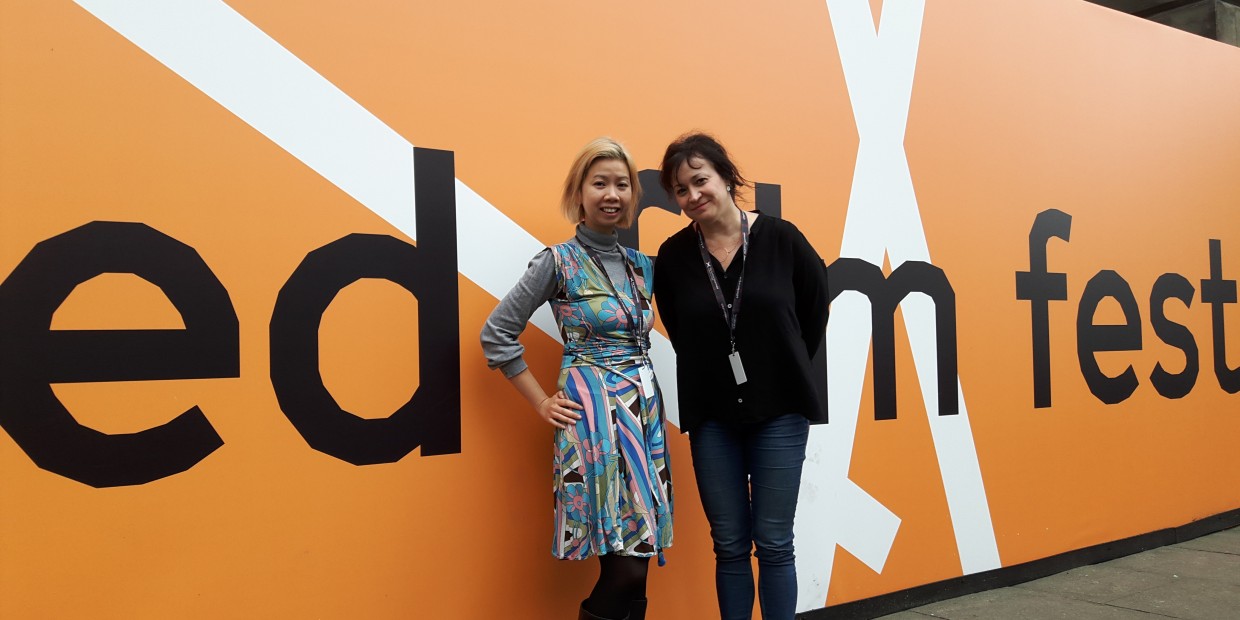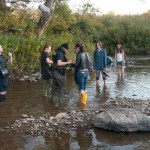Christy Garland’s cheerleading documentary Cheer Up is a sports film that captures the personal victories of a team that can’t help but consistently lose. Focusing on a group of cheerleaders from the Arctic Circle in Finland, the feature chronicles the coming of age process of its teens as they find comfort and inspiration in the journey of their team’s development, despite their efforts yielding only low placements in every competition.
With Cheer Up available to watch on FilmDoo for the whole of July, I met up with director Christy Garland at the Edinburgh International Film Festival where we discussed this intimate and uplifting documentary.
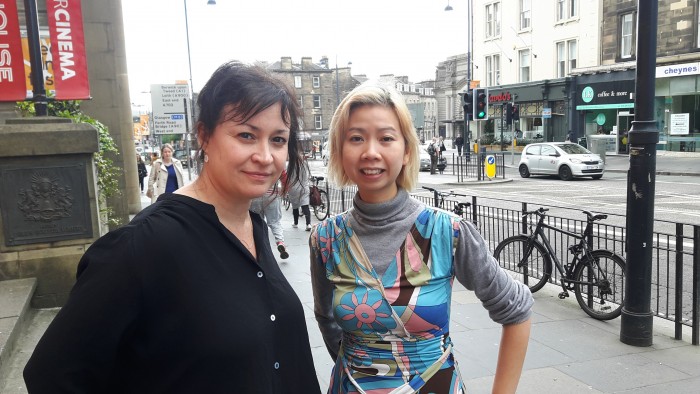
Would you mind first of all giving us a little bit about the film?
Sure, the film’s called Cheer Up and it’s set in Finland, primarily in the north of Finland in a city called Rovaniemi, which is right on the Arctic Circle, so it’s a very beautiful Nordic setting. It’s about a team of cheerleaders who are the worst cheerleading team in Finland and it kind of follows how their coach tries to move them from last place to first place but, more importantly, the film delves into the personal lives of two of the cheerleaders who are on the team, and looks at their personal struggles, and how they kind of resolve those issues in their life while they’re on the team. It’s mostly about these young women and these young stories. It’s a coming-of-age film.
And what inspired you to make this story? Did you read an article in a newspaper, or were you a cheerleader growing up?
Initially I wasn’t interested in cheerleading at all. What I loved was the idea of cheerleaders having to put on a happy face and dress up and look really good while maybe, inside, you don’t really feel that happy. So I thought it would be a really nice metaphor for young women and that’s sort of what got me interested. I met somebody in Toronto at a party and she was a former cheerleading coach. She had been a cheerleader herself and she spent a lot of time travelling around the world and coaching other teams and consulting, and I found that this was interesting – like ‘wow’, what a weird thing to do with your life!
But then I found out more about it and she told me about these teams and in particular this crazy team up in the Arctic Circle in Finland. She said, “Well, they’re kind of the worst team that I’ve ever met and I don’t think they’re ever going to get any better”, and that intrigued me right away; the fact that they lived in the Arctic Circle, that they weren’t a very successful team but they were really trying to get better just seemed like a good story
And how did she know about the team?
She had consulted them. This was a woman named Mandy and she travelled to places like Japan and China and she would work with these teams and help choreograph them and fix what was wrong with them and she had been up there twice, I think, to Finland to work with this team.
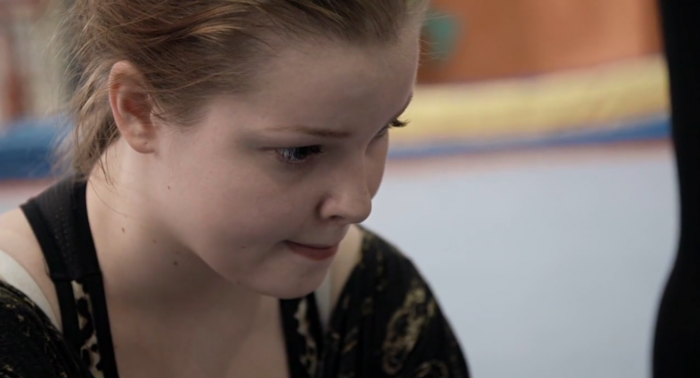
To be honest, before this film I didn’t even know cheerleading was big in Finland. You always think of it as an American or Japanese thing. I think this is going to change a lot of mind-sets.
Well that was the other thing that interested me because Fins aren’t really known for being effusive and happy, big smilers. They smile when they have a really really good reason to smile and, otherwise, there’s not so much smiling. So I really love that as well. There was something surprising about that. And Lisa, the Finnish producer, when I told her that I heard about this team, she said, “I don’t think there’s any cheerleaders in Finland,” so that was another fun thing to discover; that there was this huge community of cheerleaders.
The first event that we went to, where we shot the first scene in the film where they place last; there were about 2,000 cheerleaders there and it was quite aggressive. There was this huge stadium and everybody’s all sparkly and they’re wearing bows and everything and it was very fun to shoot that stuff – the texture of cheerleading – and they really have fun with it. You’ve got all these things that young women love to do and, instead of making fun of it, it was really lovely to celebrate it, celebrate the crazy eyelashes and the glittery bows, and I think that’s something that the girls really like. Whether they win or lose, a big part of the cheerleading team – at least for the girls in the film – is the fun they have putting on all the crazy makeup and doing each other’s hair and all these sort of female-bonding things that I thought was a lovely visual touch in the film.
I think a lot of people who watch the film would be interested in understanding the end-to-end process from the time you had the idea, how you went about finding a Finnish producer, whether you’d already spent much time in Finland personally…
I had never been to Finland when I heard about this team and I happened to be editing another film in Copenhagen. That’s usually how it works, when I get another idea – a really really vague idea. If I’m close then I just take a cheap European airline over.
I didn’t really know any Finnish people. I just heard about this team from Mandy and then it was a couple of coincidences. I was at Hot Docs Film Festival and I just met Lisa accidentally. I found out that she was Finnish and I said, “You know it’s really funny, I was just talking with somebody about a team of cheerleaders in Finland.” We talked a little bit more and I said to her, “Well, why don’t we go up to the Arctic circle in Finland and see? I’ll be in Copenhagen in the fall. Why don’t we try to contact this coach and see if she’d be interested in letting us come and visit?” At that point, we didn’t know whether it was going to become a film or not.
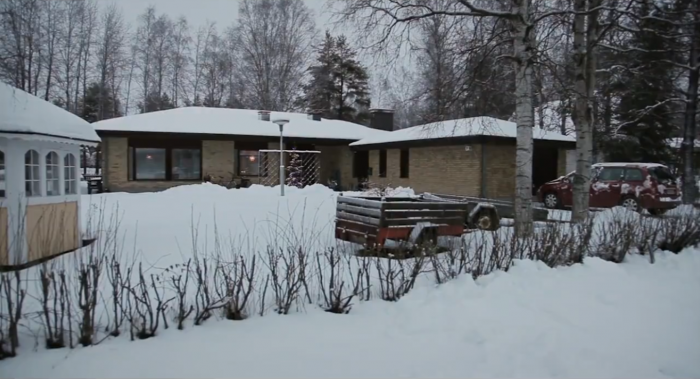
I don’t really make films about ‘what?’, I make films about ‘who?’ I’m more interested in characters. I kind of cast films in that way. When I find people that I think will make good characters in a film and that I’m really curious about and I care about then that’s what I decide to do. So we took a trip in November and went up to Rovaniemi. That was my first time in Finland, and, as soon as we met the team and saw them at the event, we filmed them – actually the scene’s in the movie, that very first competition. That was the first time we’d met them and, because they were so stoic, when they lost they were clapping for the other teams and they were so sweet, even though they really lost badly in the competition. That’s when we sort of fell in love with them, and we thought that this could be a very nice film about the pressure to succeed and how it feels to fail, how each of us defines success, whether you win or lose. It just seemed like a very good idea.
So that’s how it started, and then we raised a little bit of money and then I came back. I think I shot about fourteen different times over the course of the next three-and-a-half years and one of the interesting scenes was when me and the coach Miia decide to go to the Mecca of cheerleading, which is in Dallas, Texas. That was also a really fun thing to shoot because it was this cultural fish out of water thing. You have this girl from Finland going into Dallas, Texas, so it’s so super American, and those American teenagers are the best in the world. They’re defying gravity and the coach’s eyes are wide open and she can’t believe it. It’s sort of how all of us look to our heroes. We’re inspired by them, and the film looks at the distance between who you are and what you wanna be and all the stuff in between. For Miia, for a while, she really felt like she wasn’t worth anything, or that her team wasn’t gonna be worth anything unless they could be that kind of team. The film sort of answers this question about what happens if you can’t, and what else is meaningful.
And how are the girls now, since shooting ended?
They’re still going. Actually, since the time we started shooting, Miia’s really expanded. She’s got several teams, so she’s really growing. There’s a peewee team, there’s a juniors and then they have a seniors. She’s got coaches who work with each and she’s sort of the coach that oversees the whole thing.
So they’re doing alright. Patu and Aino are no longer on the team because they’re a little bit older. We started shooting them when they were sixteen and we followed them around until they were nineteen years old. Now they’re twenty so they’re doing other things like going to school but actually Patu said she wanted to go back to the team. She just feels like trying it again because I think they love the social aspect of it. It’s not so much about “I’ve gotta get into cheerleading because I really wanna win” or anything like that. I think what brings them back is just to see everybody else and have that social experience of hanging out with them.
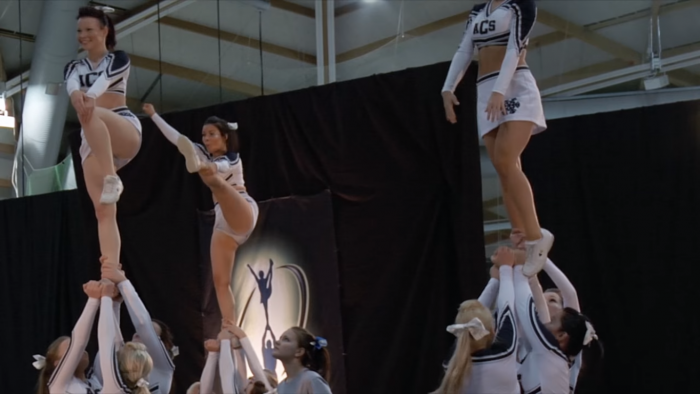
I think that’s the best thing about your film, that you highlight how cheerleading became an outlet for them, how they were able to divert their energy and it became hope, a reason and an activity away from home or social circumstances.
You really see how they cope with their private battles somehow by their participation in the team. Patu said a really really nice thing at a Hot Docs screening actually. One of the audience members asked her in the Q & A, “What do you personally like about cheerleading?”, and she said, “After my mother died, I wasn’t getting along with my father and this was the one place I could go where I could forget about all of that and just concentrate on catching the person that was falling,” you know, when they’re flipping the flyers up and everything. I thought that was a really nice way to explain why cheerleading was important to those girls, especially in Patu’s case. For her, at a time when she was losing her family, she kind of had this surrogate family. She had this other kind of family experience with her fellow cheerleaders. So her answer was a really nice illustration of this.
What do you hope to achieve with the film?
One of the things I hope that people take away from the film is that they look at how they define winning. I hope that they consider whether they’re hard on themselves about falling short, whether they’re thinking “I should’ve accomplished this,” or, “I’m a loser because I haven’t done this,” and that they look instead at how many battles they’re winning on a personal level, how the relationships in their life are important and meaningful. You find your own path and you honour that path and don’t necessarily compare yourself to other people. It’s important to care about where you are, who you’re around and live a little bit more in the moment.
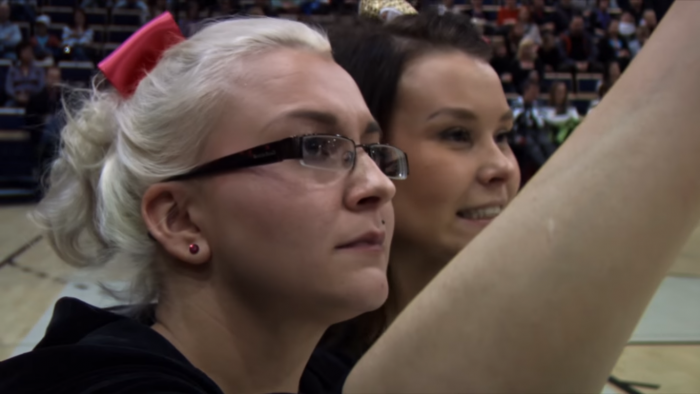
I think that’s really interesting because normally the emphasis is more on the drive to win, the journey to success.
Yes, this was an important thing for the film. When they go to the final competition, we knew that we would be ending the film there. We knew that, however they did, I wanted to make sure that the audience felt that the personal stories were resolved in a really good way, like there was a happy ending for all three of them. You want the audience to say, “Well, they didn’t do that well but it doesn’t matter because look how far they came in their personal lives. Look at these incredible things that they’ve been through.” That’s what we want the audience to feel is more important and I think the film achieves that.
Lastly, do you have any comments on how a platform like FilmDoo could help promote and distribute your films?
One important thing is how to engage a young audience in long format films. I think one of the challenges is that nowadays our attention spans are getting very very short. We’re used to looking at three-minute videos instead of actually sitting down and paying attention to a film – unless it’s Hunger Games or something like that. We need to consider how to keep cinema and long form films and documentaries interesting to young people, and maybe this online platform is a good way of introducing films and keeping young people interested in the art of filmmaking.

